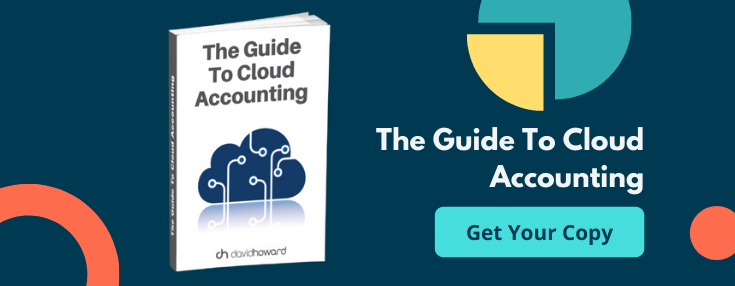Savings allowance and savings nil rate

The new tax rules on savings and interest have very interesting implications.
There remains a starting rate for savings, which is a band of £5,000 to which the starting rate for savings applies if the taxable non savings income does not exceed this amount. The current starting rate for savings is 0%.
The new personal savings allowance (PSA) applies irrespective of the amount of non-savings income, but is available dependent upon the “Step 3 income” (taxable income net of personal allowances).
Where this amount is no more than the basic rate limit, and includes some savings income, the first £1,000 is taxed at the savings nil rate, the balance of the savings income being taxed at the normal savings rates (which are presently the main rates).
Where this amount exceeds the basic rate limit but is no more than the additional rate limit, and includes savings income, the first £500 is liable at the savings nil rate, the balance taxable at normal rates.
Planning point – Interaction with the £5,000 0% starting rate
A 0% starting rate applies for interest income, but only where taxable non-savings income is less than £5,000. Non-savings income includes employment income, trading income, property income and trust income.
Dividends are not treated as non-savings income and will not affect the availability of the £5,000 0% starting rate.
Where taxable non-savings income is less than £5,000 and the taxpayer has some interest:
1. The taxable non-savings income (if any) is taxed at 20%; and
2. The difference between the taxable non-savings income and £5,000 is taxed at 0%.
Example (assuming a personal allowance of £11,500)
Salary of £8,150, directors loan interest and dividends on top
….£5,000 of 0% starting rate available (plus the PSA)
Salary of £11,500, directors loan interest and dividends on top
….£5,000 of 0% starting rate available (plus the PSA
Salary of £15,000, directors loan interest and dividends on top
….£1,000 of 0% starting rate available (plus the PSA)
Salary of £20,000, directors loan interest and dividends on top
….0% starting rate not available (but the PSA should be)
Note that where interest income falls in the 0% starting rate band there is no tax liability on the income. However, the income must still be included as taxable interest income in the income tax computation.
An interest rate in the region of 8% would be reasonable on a director’s loan so £6,000 loan interest could be paid on loan balances as low as £75,000. HMRC are currently accepting directors loan interest rates of 6% to 8% depending on the circumstances of the company.
Example - Lending to fund purchase of student accommodation
Consider a client who wants to utilise the equity in his home to fund the purchase of student accommodation. He could borrow on his home at around 1.8% fixed for five years on an interest only deal with Santander. He then lends the money to a newly formed property company at 6% which could access the £5,000 starting rate and personal savings allowance.
Illustration
Hilary and Ben both draw salaries of £11,500 and dividends of £60,000 from their trading company. Their home is currently worth £600,000 and their mortgage is £95,000. The mortgage has three years to run and monthly repayments are in the region of £2,750.
They would like to use their equity to invest in student accommodation where it is feasible to get a pre finance yield of 10% in certain university towns.
They secure an interest only re-mortgage of £275,000 at a five year fixed interest rate of 1.8%. After settling the existing mortgage they lend their newly formed property company £180,000 at 6%. The interest amounts to £5,500 each and is tax free in Hilary and Ben’s hands.
The monthly mortgage repayments are set at £412.50 for five years. The monthly savings could be put into an ISA that should build up to a reasonable sum after 5 years i.e. £120,000 with no growth.
The company buys a six-bed student property in a university town for £180,000 including all costs. The property is fully managed and secures a net yield of £18,000 before finance.
After deducting the interest paid to Hilary and Ben of £11,000, the property has a pre-tax surplus of £7,000. After corporation tax this nets down to an annual surplus of £5,670 in the company.
In Hilary and Ben’s hands they receive tax free interest of £11,000 from which they can pay the interest on their home mortgage. If we just consider the student related element of £180,000 this would be £3,240. This creates personal surplus of £7,760 (£11,000 - £3,240). The original mortgage element is ignored as this was going to be payable anyway.
So the post-tax returns on the student property are £13,320 (£5,670 + £7,760) which equates to a healthy 7.4%.
After five years they could decide whether to renew their personal mortgage or indeed repay it – pension lump sum, ISAs etc. The post tax yields will then increase to 9.25% - a healthy yield when heading for retirement.
Posts by Topic
- Accounting Services (58)
- Tax Services (57)
- Tax (50)
- Smart Accounting Services (34)
- Tax Return (29)
- Corporation Tax (26)
- COVID-19 (24)
- sme accounting (24)
- Clients (19)
- Switching Accountants (16)
- VAT (15)
- Making Tax Digital (13)
- News (13)
- Xero (13)
- Dividend Tax (12)
- bookkeeping (12)
- Cloud Software (9)
- Payroll (9)
- Capital Gains Tax (6)
- Inheritance Tax (3)
- Savings (3)
- Benefits In Kind (Employee Benefits) (2)
- Case Studies (2)
- Stamp Duty (2)
- Trust (2)
- Trust Account (2)
- GDPR (1)
- Insider (1)
- Lifetime ISA (1)
- Retirement Savings (1)
- Wear & Tear Allowance (1)
